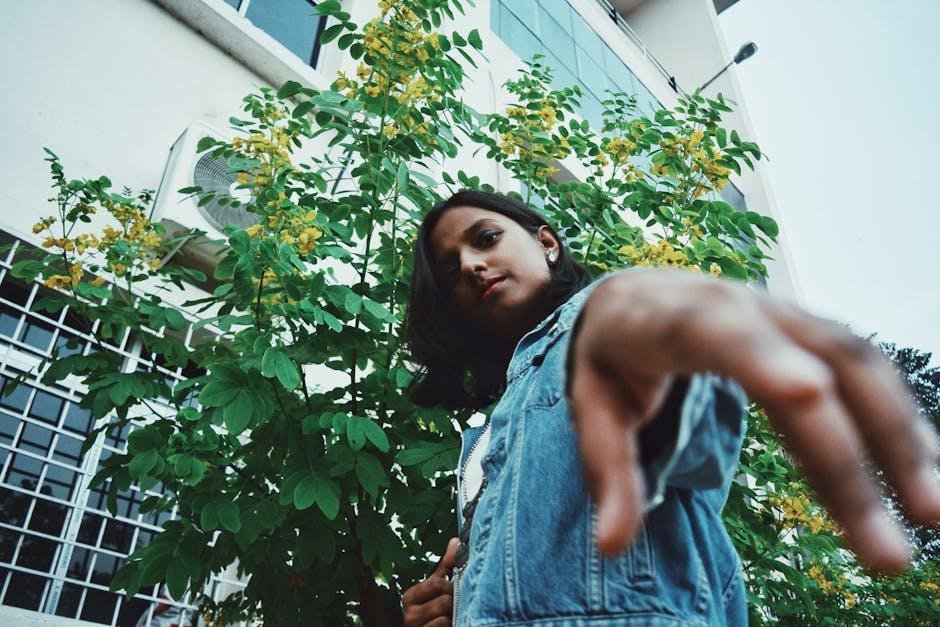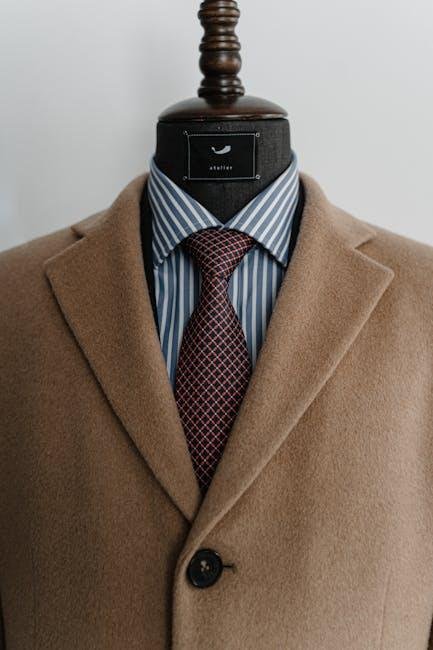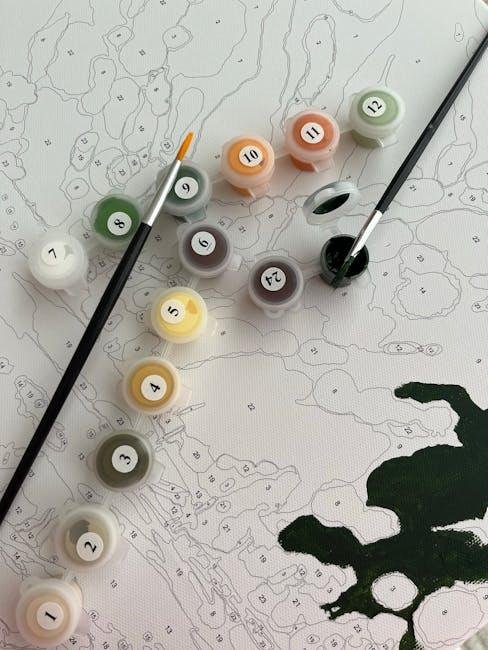In the ever-evolving world of fashion, where the interplay of color, texture, and form creates a tapestry of individual expression, there exists a guiding principle that transcends fleeting trends: the Rule of Thirds. Originally rooted in the realms of art and photography, this compositional technique offers a powerful lens through which to examine and enhance style. By dividing an outfit or ensemble into three harmonious sections, designers and fashion enthusiasts alike can elevate their looks, creating visual balance that speaks to the eye and resonates with the spirit. in this article, we will explore the nuances of the Rule of Thirds in fashion, demystifying its applications and unveiling how it can empower your personal style as well as the broader fashion landscape. Join us as we journey through lines, layers, and proportions, discovering the art of dressing with intention.
Understanding the Rule of Thirds and Its Impact on Fashion aesthetics
The Rule of Thirds is a fundamental principle in visual composition that divides an image into a grid of nine equal parts, creating intersections that guide where the eye should be drawn. In fashion aesthetics, this rule plays a crucial role in balancing elements within a frame, whether it’s a photograph of a model or a display of apparel. By positioning key visual components — such as the focal point of a garment, accessories, or even the model’s pose — along thes lines or their intersections, designers are able to create harmony and dynamism in their visuals. This approach not only elevates the appeal of the garments but also tells a story, inviting the viewer to engage more deeply with the fashion narrative being presented.
Utilizing the Rule of Thirds effectively can enhance various aspects of fashion images, leading to more impactful visuals. Below are some ways this technique can influence the presentation:
- Focus: Directing attention to primary features like unique patterns or textures.
- Contrast: Balancing colors and shapes to create visual interest.
- Emotion: Placing models at intersection points can invoke a compelling mood.
Fashion brands often rely on calculated layouts for marketing materials, runway displays, and lookbooks, ensuring that the Rule of Thirds guides their design choices. Recognizing the subtle interplay of elements can transform a mundane photograph into a captivating work of art, cementing the brand’s identity in an ever-evolving industry.

Balancing Proportions: Mastering the Art of Outfit Composition
The concept of balancing proportions in your outfits can be likened to an artist’s canvas, where each element plays a crucial role in creating a cohesive masterpiece. By utilizing the rule of thirds, you can guide your choices for layering and contrasting different pieces while maintaining harmony. This principle suggests that rather than centering your efforts on one item, you should create an outfit with a deliberate breakdown of proportions to enhance visual interest and balance. Key aspects to consider include:
- Top-Heavy Looks: Pair a fitted top with wide-leg trousers or a flowing skirt to draw attention upwards.
- Vertical Lines: Use long cardigans or duster coats to elongate your silhouette.
- Focal Points: Incorporate a statement accessory or vibrant color that captures attention in the ensemble.
Experimenting with color,texture,and shape can also amplify this concept.The aim is to create a visual rhythm that captivates the eye and balances out your proportions. A well-composed outfit can have a notable impact on how you feel and present yourself, making the rule of thirds not just a guideline but an art form in fashion. Consider how these combinations play out in a practical setting:
| Outfit Element | Proportional Effect |
|---|---|
| High-Waisted Pants | defines waistline,elongates legs |
| structured Blazer | Adds sharpness,balances soft silhouettes |
| Flowy Maxi Dress | Provides movement,requires minimal accessories |

Color Coordination and the rule of thirds: A Guide to Visual Harmony
Color coordination in fashion is more than just pairing colors that look good together; it’s about creating visual harmony that captures attention and tells a story. By utilizing the rule of thirds, you can structure outfits in a manner that allows colors to interact meaningfully across a visual plane. This technique suggests dividing your ensemble into three horizontal sections, ensuring that each section complements the other through a balance of hues and tones. For instance, you might choose a bold shade for the focal point, such as a striking jacket, accompanied by softer tones in the underneath layers, like a muted shirt or pants, creating a layered yet cohesive look.
To effectively implement this approach,consider an unstructured palette that evokes various feelings and dynamics without overwhelming the senses. Elements such as cool tones, warm tones, and neutral tones can be juxtaposed in a way that adheres to the rule of thirds, bringing a visual rhythm to your outfit. Below is a simple table that showcases potential color combinations and their emotional impacts:
| Color | Emotional Impact |
|---|---|
| Blue | Calm and Trustworthy |
| Red | Passionate and Energizing |
| Green | harmonious and refreshing |
| Yellow | Cheerful and Inviting |
Utilizing the rule of thirds, along with strategic color choices, allows you to not only express your personal style but also create ensembles that naturally draw the eye. focusing on balance ensures that each element in your outfit has a purpose, contributing to an overall narrative that feels intentional and sophisticated.

Practical Tips for Applying the Rule of Thirds in Everyday Styling
To effectively incorporate the rule of thirds in your fashion ensembles,start by analyzing your outfit’s silhouette. By dividing your look into three distinct sections, you can create a balanced visual appeal. Such as, if you opt for a layered outfit, consider pairing a long cardigan with a fitted top and high-waisted trousers. Strategically placing textures and colors at these intervals will guide the eye and enhance your overall style. Play with proportions, ensuring that one section dominates while the others complement, establishing a wardrobe that feels thoughtfully curated.
Another key aspect is accessory placement. When styling, think of your accessories as the finishing touches that can divide your look into thirds. Try to select statement pieces that draw attention without overwhelming your overall appearance. For instance, a bold necklace can serve as a focal point in the upper third, while a pair of striking shoes or a vibrant handbag can ground the lower third. Use the table below to help visualize how to balance your outfits:
| Section | Focus Item | Purpose |
|---|---|---|
| Top Third | Statement Necklace | Draws the eye upward |
| Middle Third | Layered Top | Creates depth |
| Bottom Third | Bold Shoes | Grounds the look |
Concluding Remarks
the Rule of Thirds stands as a timeless principle not only in photography and art but also in the realm of fashion, guiding creators and enthusiasts alike in their pursuit of visual harmony. By strategically dividing an outfit into thirds, one can achieve balance and intrigue, drawing the eye and elevating personal style. As you explore your wardrobe or curate new ensembles, consider how this simple yet effective guideline can transform your fashion choices. Ultimately, the Rule of Thirds is not just a tool for aesthetic appeal; it’s an invitation to celebrate the creativity and individuality that each of us brings to our attire. So, whether you’re dressing for impact or for comfort, remember to embrace the art of proportion and let your style storytelling shine.

